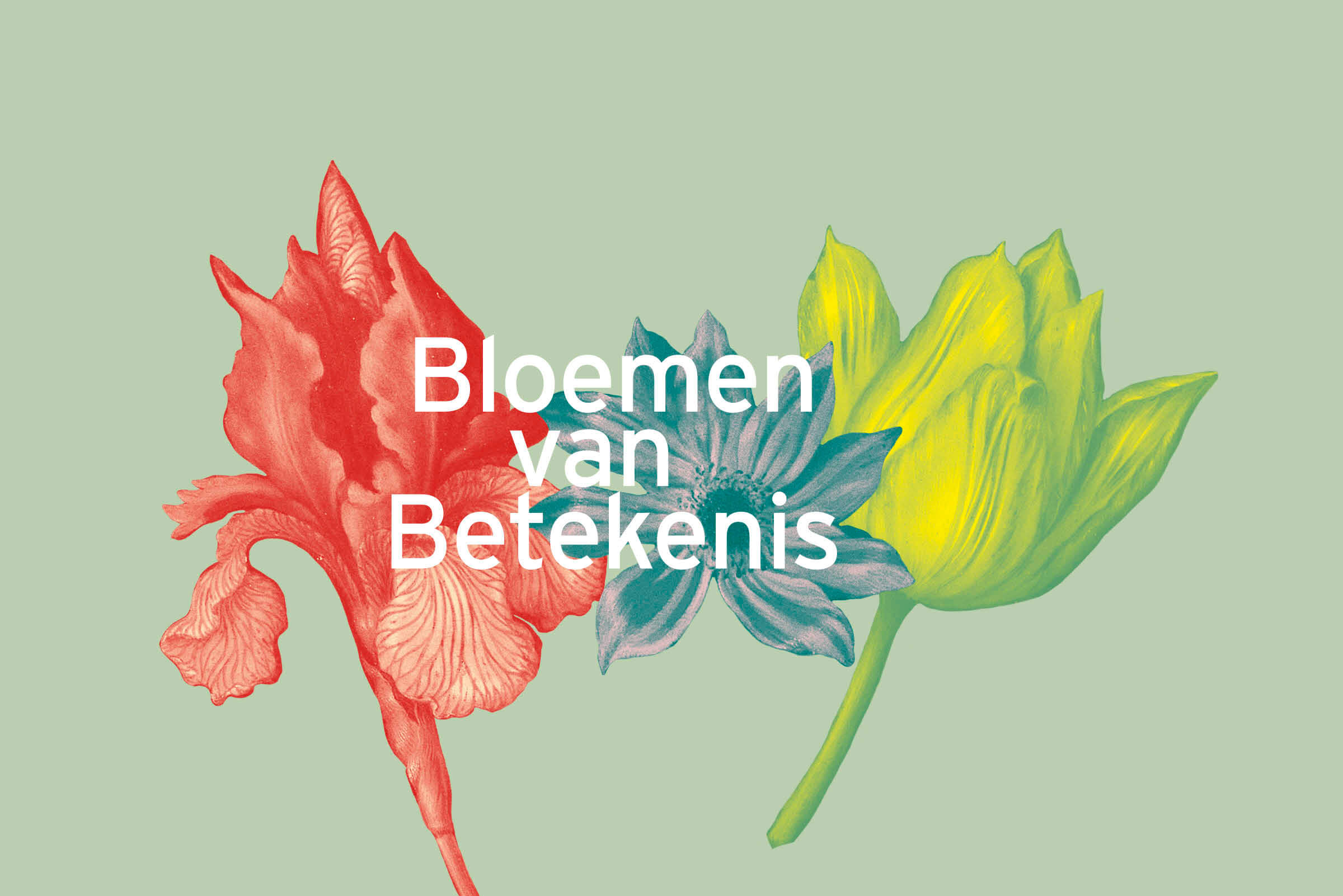
Mary
All the objects on this altar refer to the Virgin Mary, the mother of Jesus. The painter portrayed the Virgin without actually showing her form: this is one of the few seventeenth-century still lifes depicting exclusively religious objects.
Queen
The gold crown refers to Mary as the Queen of Heaven. The incense burner, which is used in the Catholic mass, symbolises Mary’s pregnancy. Just as the censer carries the incense coals, Mary carries her child.
Rose
Roses are the flower most associated with the Virgin Mary. She is known as the rose without thorns, since she is free of sin. A fourth-century legend states that in the Garden of Eden, roses had no thorns. These only developed after the Fall, when Adam and Eve ate the forbidden fruit. The rosary is a series of prayers to Mary. Rosary beads help remind the worshipper which prayer to recite next.
Rosemary
Since rosemary has a strong, lingering fragrance, it symbolises eternity, memories and everlasting faith. The plant is traditionally grown near graves, to provide a more pleasant scent. The botanical name for rosemary, Rosmarinus (L.), means ‘dew of the sea’. In Christian lore, rosemary became associated with Mary, who is also called the Star of the Sea.
Trinity
The tricoloured morning glory (convolvulus tricolor) combines blue, white and yellow. In Christian symbolism, the number three stands for the Holy Trinity: the Father, the Son and the Holy Spirit. The colour blue also refers to Mary as the Queen of Heaven. Morning glories close as the afternoon ends. That’s why the flower is associated with virtue.

